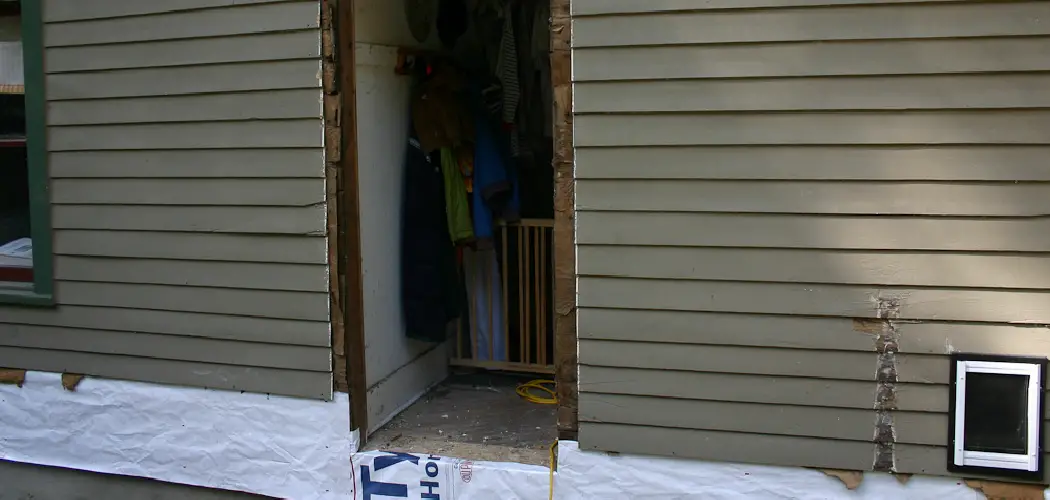Do you have a shed on your property that’s crawling with bugs? Don’t let them take over your space any longer – learn the best ways to seal it from pesky bugs. Sealing your shed is one of the most important steps in protecting your belongings and maintaining its condition for years to come.
In this blog post, we will learn how to seal a shed from bugs we will go through all the basics of bug-proofing your structure, covering topics like materials to use, methods of application, and how long sealing should last. So don’t delay— read on to find out how easy it can be to protect your shed from those unwanted critters!
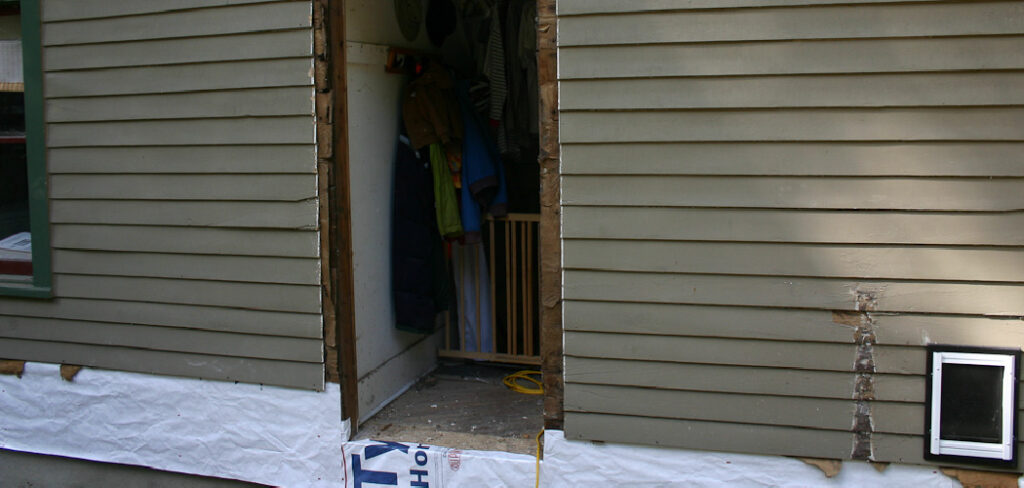
Bugs are an unwelcome guest in most homes, but they can be even more of a nuisance when they’re outside. Pests like rodents and insects often seek shelter in outdoor sheds or garages. Sealing up cracks and other potential entry points is the best way to keep pests out of your shed, but it’s not always easy to know where to start or how extensive the work should be. To help you make sure that bugs stay outdoors where they belong, we have put together this guide on how to seal a shed from bugs.
Why is It Important to Seal a Shed From Bugs?
There are many benefits to sealing a shed from bugs. Such as:
1. To Keep the Shed in Good Condition
One of the main reasons to seal a shed from bugs is to keep it in good condition for longer. Bugs can cause damage to wood, fabric, and other materials used in the construction of sheds. Sealing the shed from these pests will help prevent them from causing serious structural damage.
2. To Protect Your Storage Items
Sheds are often used to store valuable items such as tools, machinery, and other pieces of equipment. By sealing the shed from bugs, you can help protect your storage items from being damaged or destroyed by pests.
3. To Help Keep Your Yard Pest-Free
Having a bug-proof shed will also help keep your yard pest-free. Bugs can quickly spread from one area to another, which means that if you have a shed full of pests, your yard won’t be far behind. Also, pests can carry diseases that could be harmful to humans and animals. Sealing the shed from bugs will help keep your yard free from these pests.
Fortunately, you can take some simple steps to seal a shed from bugs and protect it from future infestations. Read on to learn more about how to seal a shed from bugs.
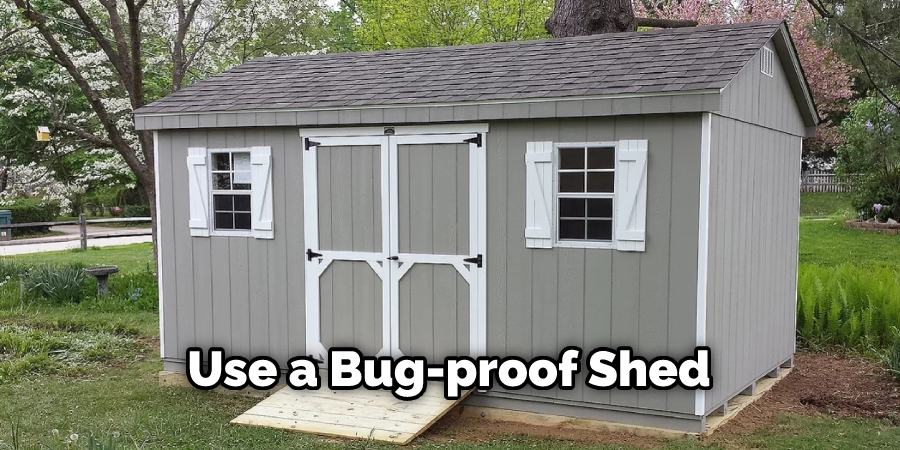
13 Ways About How to Seal a Shed From Bugs
1. Use Caulk
This is one of the most popular ways to seal sheds against bugs. Caulking will provide a long-lasting barrier that seals gaps and cracks in your shed’s walls, preventing bugs from getting inside. So if you want to make sure your shed is properly sealed, caulk it.
2. Use Mesh Screening
Installing mesh screening around the vents and openings of your shed will help keep bugs out. Using high-quality screening material like aluminum or stainless steel is best because it’s more durable than plastic or fiberglass screens. The screen should be stapled or nailed securely in place.
3. Seal Window Seams
Windows are one of the most common entry points for bugs, so make sure you properly seal them up. Use caulk to fill in all of the gaps and seams around your windows and frames, then apply weatherstripping along the edges for extra protection. But make sure the window can still be opened and closed.
4. Install Weather Stripping
Weather stripping is a great way to seal up your shed against bugs. It’s easy to install and will provide an air-tight seal along the edges of doors and windows. Plus, it’s relatively inexpensive compared to other sealing methods.
5. Replace Damaged Wood
If there is any rotting, chipping, or broken wood on the shed’s exterior, replace it immediately. Bugs love to hide in decaying wood, and they can quickly find their way inside your shed if you don’t fix the problem right away.
But be careful when replacing the wood. Ensure you use high-quality, weather-resistant materials to seal your shed properly.
6. Use Door Sealants
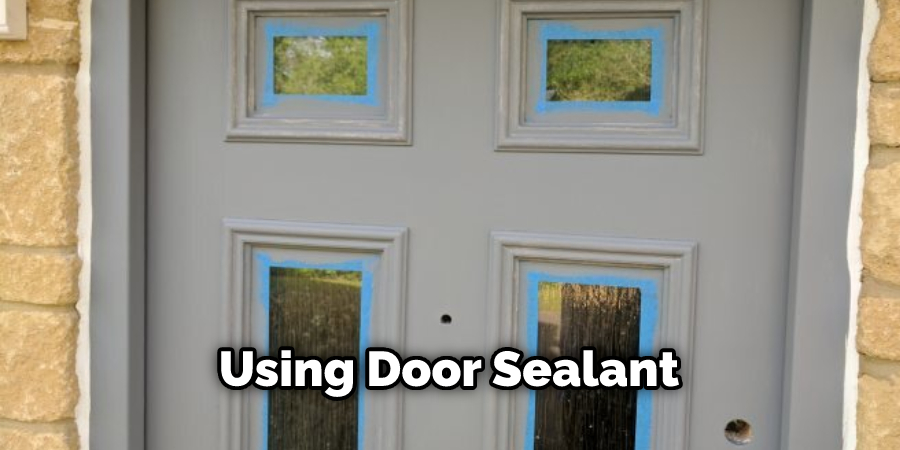
Using door sealant around the edges of your shed’s door will help prevent bugs from entering through this entry point. Some door sealants come with self-adhesive backing, making it easy to install. Make sure you choose a high-quality sealant that won’t crack or break off after a few months.
7. Install Window Screens
Just like mesh screening, window screens will help keep bugs out of your shed. Ensure the screens are secured firmly in place and there are no gaps between them and the window frame. If you don’t have a window screen, you can always purchase one from your local hardware store.
8. Inspect the Shed Regularly
Inspecting your shed regularly is a great way to stay on top of any bug problems before they become too big to handle. Check for any signs of infestation, like holes in wood or webs around the windows. If you find any, repair the damage and seal up the shed as soon as possible.
9. Treat the Area Around Your Shed
You can also use a pesticide treatment on the area around your shed to help prevent bugs from entering it in the first place. This will create an invisible barrier that repels bugs away from your shed, and it’s a great way to deter bugs from entering your property.
10. Keep Your Shed Clean
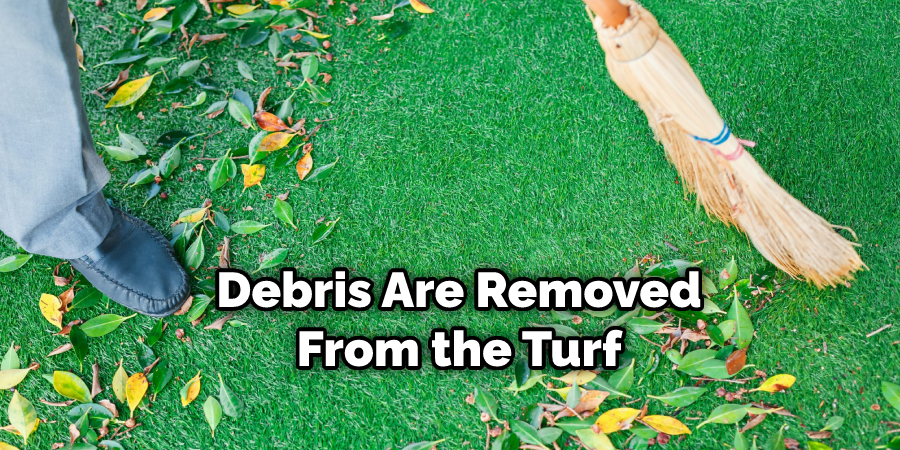
Finally, make sure you keep your shed clean and free of clutter. Bugs are attracted to messes, so clean up any debris or old items that may be lying around. Vacuum regularly and replace any items that have been damaged by bugs. Proper maintenance and regular inspections allow you to keep your shed bug-free for a long time.
11. Use Citronella Candles
Citronella candles are a great way to keep bugs away from your shed. The scent of the citronella oil will act as a natural repellent and prevent bugs from entering. Just make sure you place them in areas that aren’t too close to any flammable materials.
12. Store Foods Away From the Shed
Finally, make sure you store any food items in airtight containers and away from the shed. Bugs are attracted to food, so keeping them away from your sheds will help keep your property bug-free.
13. Repair Cracks in Walls and Floors
Bugs can enter through even the tiniest cracks in your shed’s walls and floors. Make sure you inspect your shed regularly and repair any cracks or gaps that may have appeared over time. You can use caulk to fill in the gaps and keep bugs out.
These 10 ways will help you effectively seal up your shed from bugs and protect it from future infestations. By taking the proper precautions and following these steps, you can enjoy your shed free from any unwanted pests.
Frequently Asked Questions
What Precautions Should I Take Before Sealing a Shed from Bugs?
Before sealing your shed from bugs, make sure to inspect for any signs of pests, such as rodent droppings, damaged wood, and cobwebs. If necessary, clear out the infestation before beginning the sealing process. Additionally, make sure to clean up any debris or dirt that may be present and ensure the area is dry before applying any sealants.
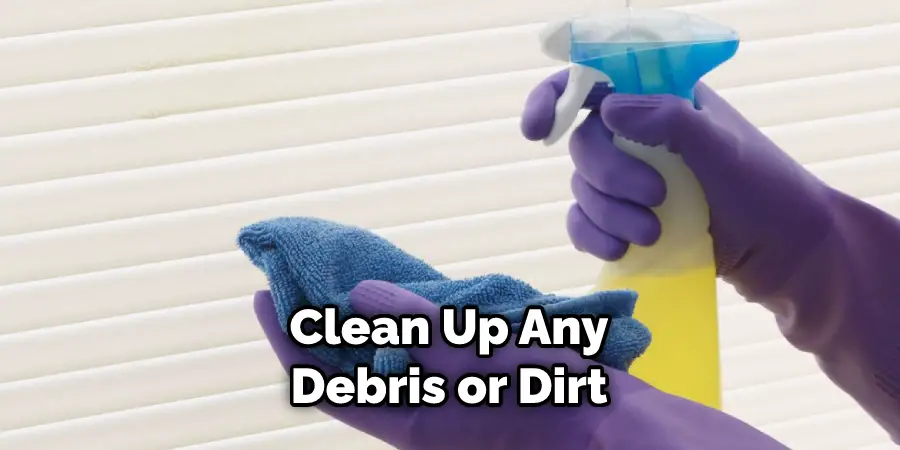
What Sealant Should I Use to Protect a Shed from Bugs?
When sealing your shed against bugs, you should opt for an exterior-grade silicone caulk or acrylic latex caulk. These sealants are specially formulated to protect against moisture damage and rot and repel insects. Be sure to apply several coats of the sealant, allowing each coat to dry before applying the next one in order to ensure maximum protection.
What Other Steps Can I Take To Protect a Shed from Bugs?
In addition to sealing your shed with an exterior-grade silicone caulk or acrylic latex caulk, you can also use insecticides and insect repellents to prevent bugs from entering your shed. Insecticides should be applied all around the perimeter of the shed, as well as inside the building. Insect repellents, on the other hand, can be used both inside and outside of the shed in order to keep bugs away.
Additionally, pest control experts can also be consulted in more extreme cases. Finally, make sure to keep the shed clean and inspect it regularly for signs of pests. This will help you to identify any problems early on and take measures to fix them before they get out of hand. Following these steps will help you keep your shed bug-free and ensure it remains in good condition.
Can I Use Pesticides to Control Bugs Around My Shed?
Yes, you can
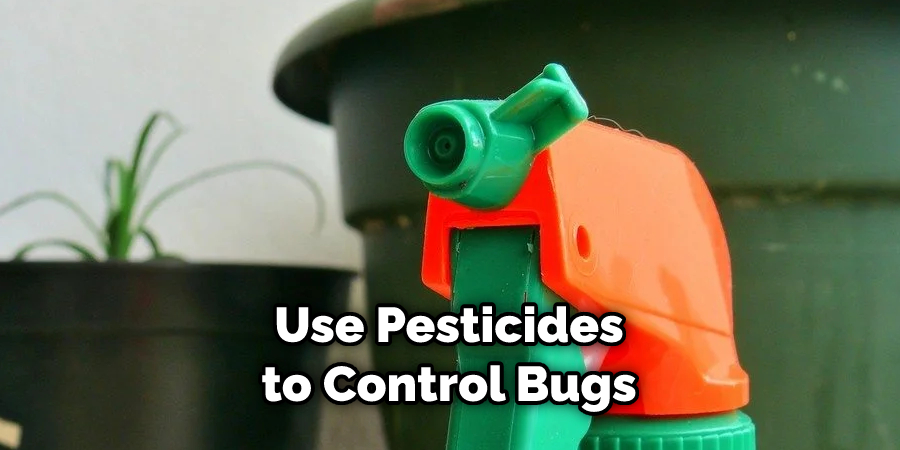
around your shed. However, it’s important to ensure that the pesticide you use is specifically designed for outdoor use and approved by the Environmental Protection Agency (EPA). Additionally, make sure to read the label carefully before using any product and follow the safety instructions. Finally, make sure to keep your family and pets away from the area while the pesticide is being applied. Using pesticides in a safe and responsible manner can help you effectively control bugs around your shed.
Conclusion
Sealing your shed from pests is an important step in making sure it maintains its value and remains inhabitable for you and your items. Investing in quality sealants and ensuring that all routes of entry are closed off is the best way to protect your shed against insect invasion. Make sure to keep up with regular inspections so that you can catch any intrusions before they become a major problem. Additionally, be mindful of other insects – especially those that like to nest in wood piles, as these can quickly take over. Taking a right preventative measures now will save you extensive clean-up later on!
We hope this guide on how to seal a shed from bugs was helpful. With the right supplies and a bit of effort, you can keep your shed pest-free. Good luck! If you have any remaining questions about protecting your shed from unwanted guests, please don’t hesitate to ask for help. Happy sealing!

